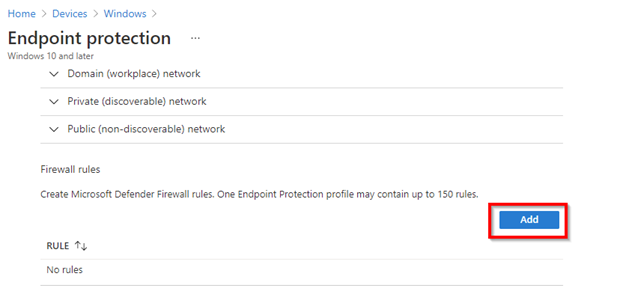Have you ever been ready for an important meeting or presentation only to discover that the casting feature from your device isn’t working? Me too. It’s incredibly frustrating and counterproductive. Failing to get screen casting working correctly can even make you appear ill-prepared to present.
As it stands, I’ve encountered casting issues several times when speaking with clients using Microsoft Display Adapters and devices joined to Intune or the Azure Active Directory. The crux of the problem seems to be consistent among these users. The user goes to present and can find external devices to cast to, but the connection mysteriously times out.
After hearing multiple reports of these incidents occurring, I decided to do some digging to find a solution to the Intune/ Azure Directory casting error. What I discovered were two distinct methods to resolve the problem of an inconsistent connection when casting using devices connected to Intune or Azure directory, both of which require using firewall exemption rules.
The solution differs contingent on your use of Microsoft Defender or lack-there-of. Each method resolves casting issues for all devices working with Intune or Azure directory and once configured, will not need to be repeated. You can find the directions for each method laid out below.
Solution #1 – Fixing Intune or Azure Directory Casting Problems with Defender
Note: This solution requires administrative privileges to implement. If you are a user, please forward this article to your IT staff.
-
Open your Microsoft Endpoint Manager admin center
-
Go to Endpoint security
-
Click Firewall
-
Click Create Policy

5. In the create profile pane select 1
a. Platform: Windows 10 and later
b. Profile: Microsoft Defender Firewall Rules

6. Name your profile

7. Click Add and configure your rule
8. Basics
a. Name: WUDF
b. This name is what will appear in endpoints firewall rules
c. Direction: IN
d. Action: Allowed
e. Network types: Private, Public, Domain

9. Application settings
a. File path: %systemroot%\system32\WUDFHost.exe

10. IP Address settings
a. Any local address: Yes
b. Any remote address: Yes

11. Port and Protocol settings
a. Protocol: TCP

12. Save the rule and assign it to your groups
Solution #2 – Adding a Firewall Rule without Defender to fix Intune or Azure Directory Casting Problems
Note: This solution requires administrative privileges to implement. If you are a user, please forward this article to your IT staff.
-
Go to Microsoft Endpoint Manager Admin Center > Devices > Windows

2. Click Configuration profiles > +Create Profile
3. Select these options
a. Platform: Windows 10 or later
b. Profile type: Templates
c. Template name: Endpoint Protection

4. Name your profile

5. In Configuration Settings expand Microsoft Defender Firewall

6. Scroll to Firewall rules and click Add

13. Basics
a. Name: WUDFHost
b. This name is what will appear in endpoints firewall rules
c. Direction: Inbound
d. Action: Allowed
e. Network types: Private, Public, Domain
14. Application Settings
a. File path: %systemroot%\system32\WUDFHost.exe

15. IP Address and Protocol Settings
a. Local addresses: Any Address
b. Remote addresses: Any Address
c. Protocol: TCP
d. Local Ports: All Ports
e. Remote Ports: All Ports
f. Interface Types: Remote Access, Wireless, Local Area Network

Conclusion
New technologies bring new challenges. Microsoft Intune is constantly evolving, and more and more companies are choosing to manage their devices with Intune. I hope this helps you with your users. If you are interested in using Intune to manage your devices, check out our Intune for Windows service.
If you would like support with an existing Intune environment, contact us.








